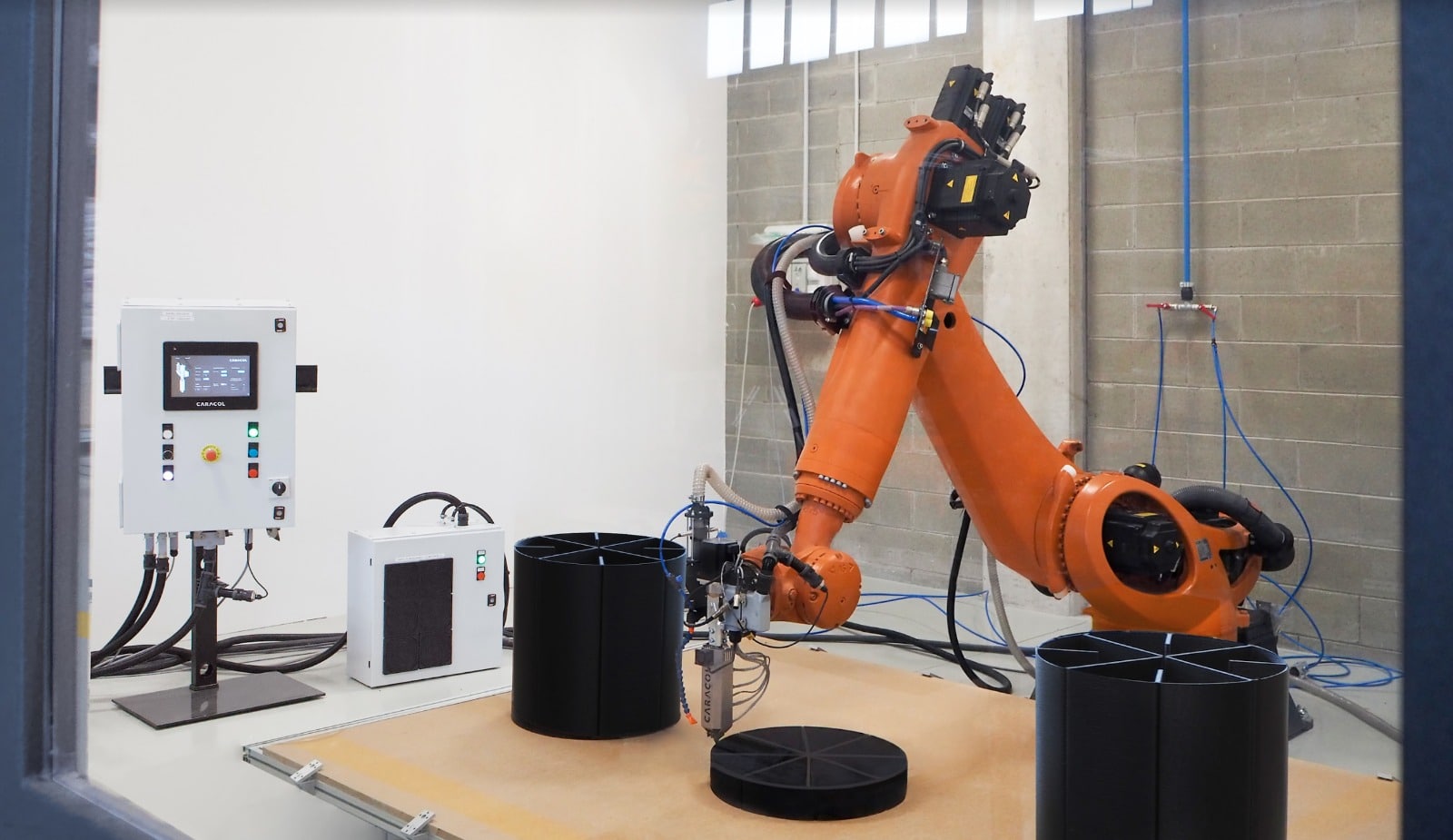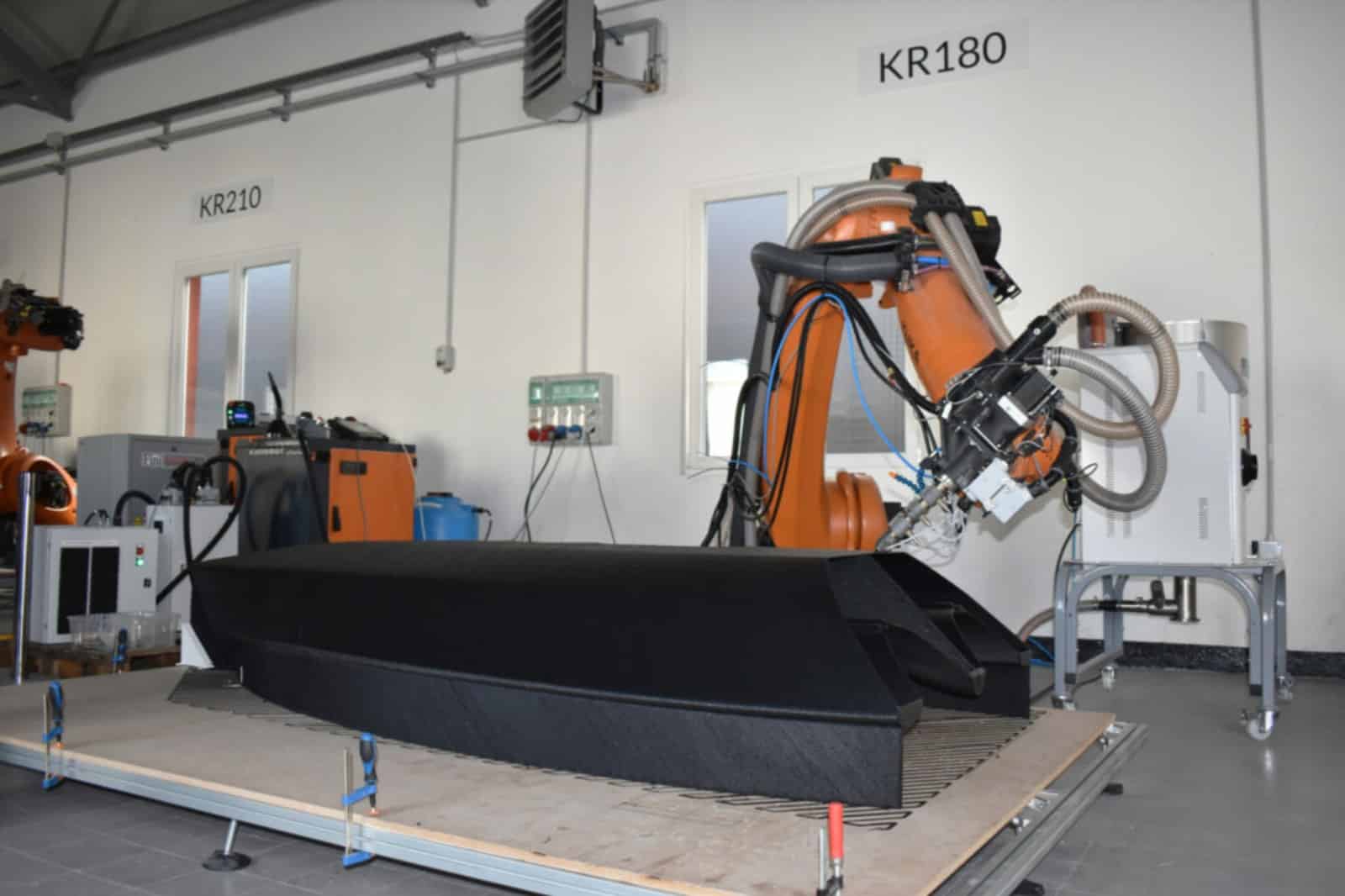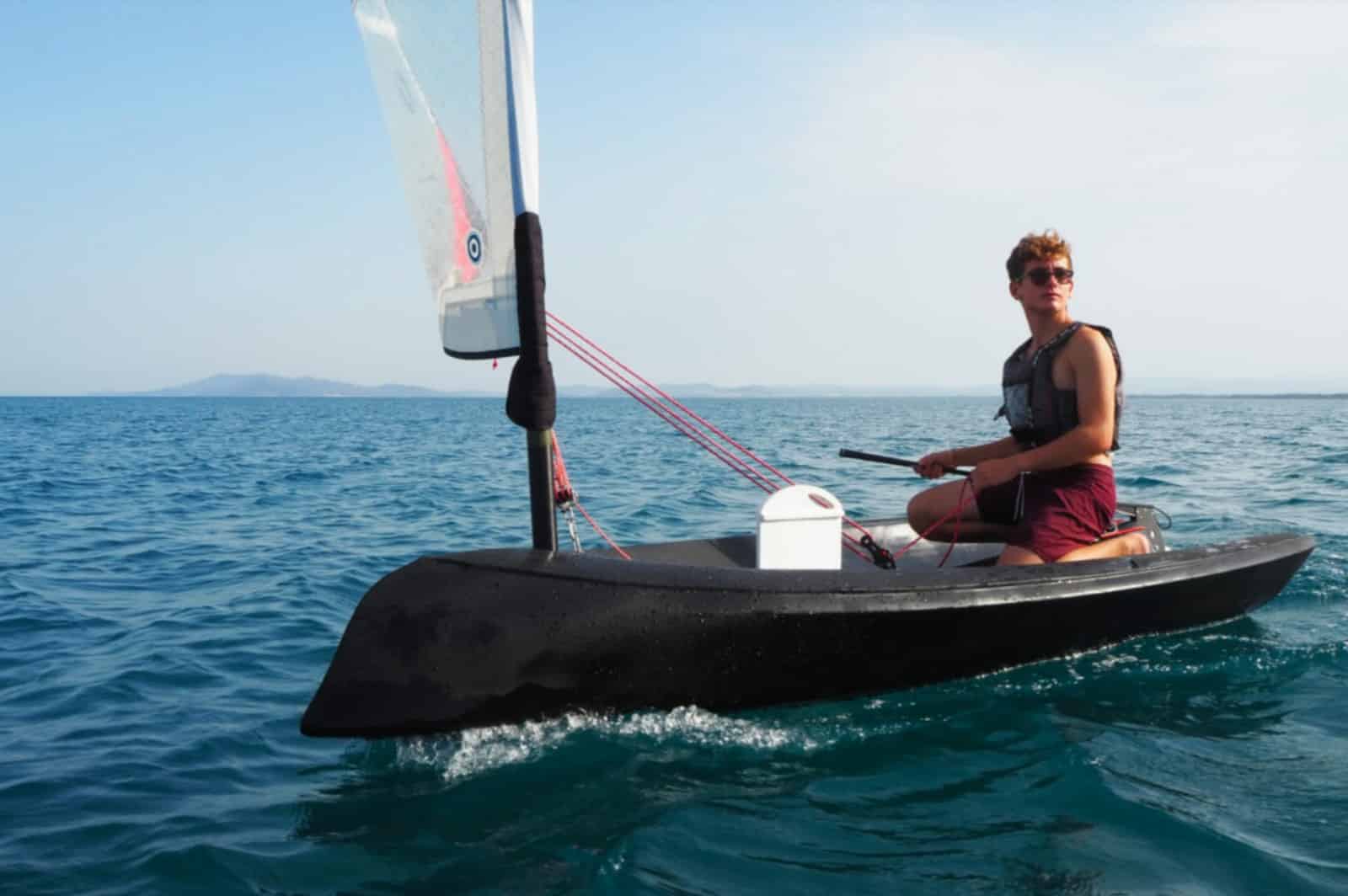This year, at Formnext, in Frankfurt, Germany, Caracol will be exhibiting the company’s integrated hardware and software LFAM platform, Heron AM, together with five case studies developed with clients across sectors. This will be the first time that visitors will be able to see the 100% in-house-developed, multi-axis robotic platform at work, at stand C21, Hall 12.1.

Heron AM is Caracol’s turnkey solution that enables clients to maximize flexibility, efficiency, process control, and performance when manufacturing large, advanced, and complex parts. This solution was developed through many years of research and close collaboration with clients, in which Caracol and its partners worked towards understanding how this technology could solve many of the frequently occurring manufacturing problems of today, such as long lead times, costs, and geometric limits.
By working with an application-first approach, the same approach with which Caracol developed Heron AM’s features and functions, the company is proving what it believes – that LFAM is the solution to large, complex, advanced manufacturing challenges.
This is why, at the heart of Caracol’s stand, the company will be exhibiting some of the latest projects it has been working on with its clients. The company will also be showcasing some noteworthy case studies – which represent some of the advancements within, and potential of, LFAM applied to specific sectors.

Among the projects that will be exhibited, is a cutting-edge tool developed for the aerospace sector, functional finished parts for marine applications, and a fully finished element of an electric car. Moreover, as the company continues working towards finding new ways to expand the circular economy and recover materials like polymers and composites, it will be showcasing its collaboration with a globally-renowned renewable energy partner, and a revolutionary project for AM applied to the design industry.
Manufacturing on Demand
Today, the Heron AM system is well-suited for the manufacturing of an extensive range of parts across different industrial sectors, such as structural elements, tooling (for example, jigs for positioning, drilling, and cutting, molds, assembly rigs, and beams), prototypes, metal replacement parts, the temporary or permanent substitution of parts, and a wide array of other applications and components that Caracol continues to discover, in sectors such as aerospace, automotive, energy, marine, design, and architecture.

The multi-faceted platform comprises a robotized extrusion head, direct and continuous feeding of composites and polymers, in pellet form, a dedicated software for the creation of the most complex tool paths, and many other features to integrate all that is needed to manufacture advanced industrial parts (a print bed, a control system, and perimetral protections, or insulated cells, for control over environmental parameters).
The platform was conceived to allow for different configurations – enabling Caracol to provide clients with the best-adapted solution for their production needs. For example, the system can be set up on a 7th-axis structure to extend the length of the x-axis up to 15 meters long.


Formnext participation is a new milestone for Caracol’s Heron AM platform as the company will be unveiling some new and exciting products that will integrate the range of LFAM solutions and manufacturing needs that it currently covers.
Over the past few years, Caracol has been working towards, and will continue to work towards, leading the manufacturing world to a new production paradigm where companies can perform more efficiently, productively, and sustainably.
Formnext 2022 will provide a stage for visitors to meet the Caracol team and discover the possibilities of LFAM, as well as see the company’s latest innovations and learn more about how the Heron AM system can be introduced into their production plants.
You might also like:
BMF unveils microArch S350 for highest throughput micro AM: “BMF has become the industry leader for printing small and micro-sized parts requiring high resolution, accuracy and precision in the 2μm and 10μm resolution spaces. Now, we’re bringing that experience to an even wider range of end-use applications at the 25μm level,” said John Kawola, CEO of BMF. “While this printer is geared more toward industrial customers that need faster throughput, greater volume, and more automation, the result is still best-in-class part quality compared to other DLP platforms and we cannot wait to see what our customers accomplish with it.”
* This article is reprinted from 3D Printing Media Network. If you are involved in infringement, please contact us to delete it.
Author: Edward Wakefield


Leave A Comment